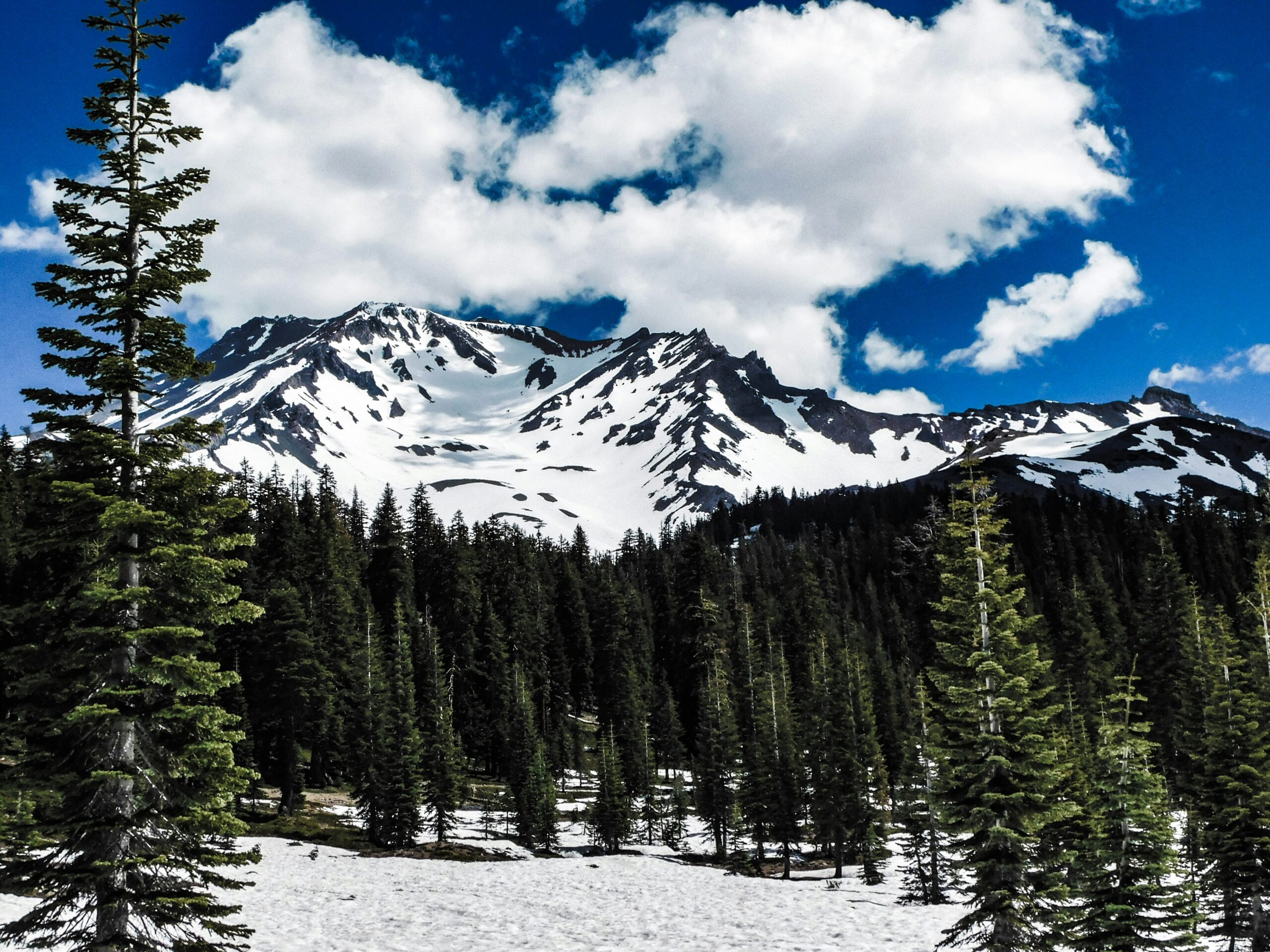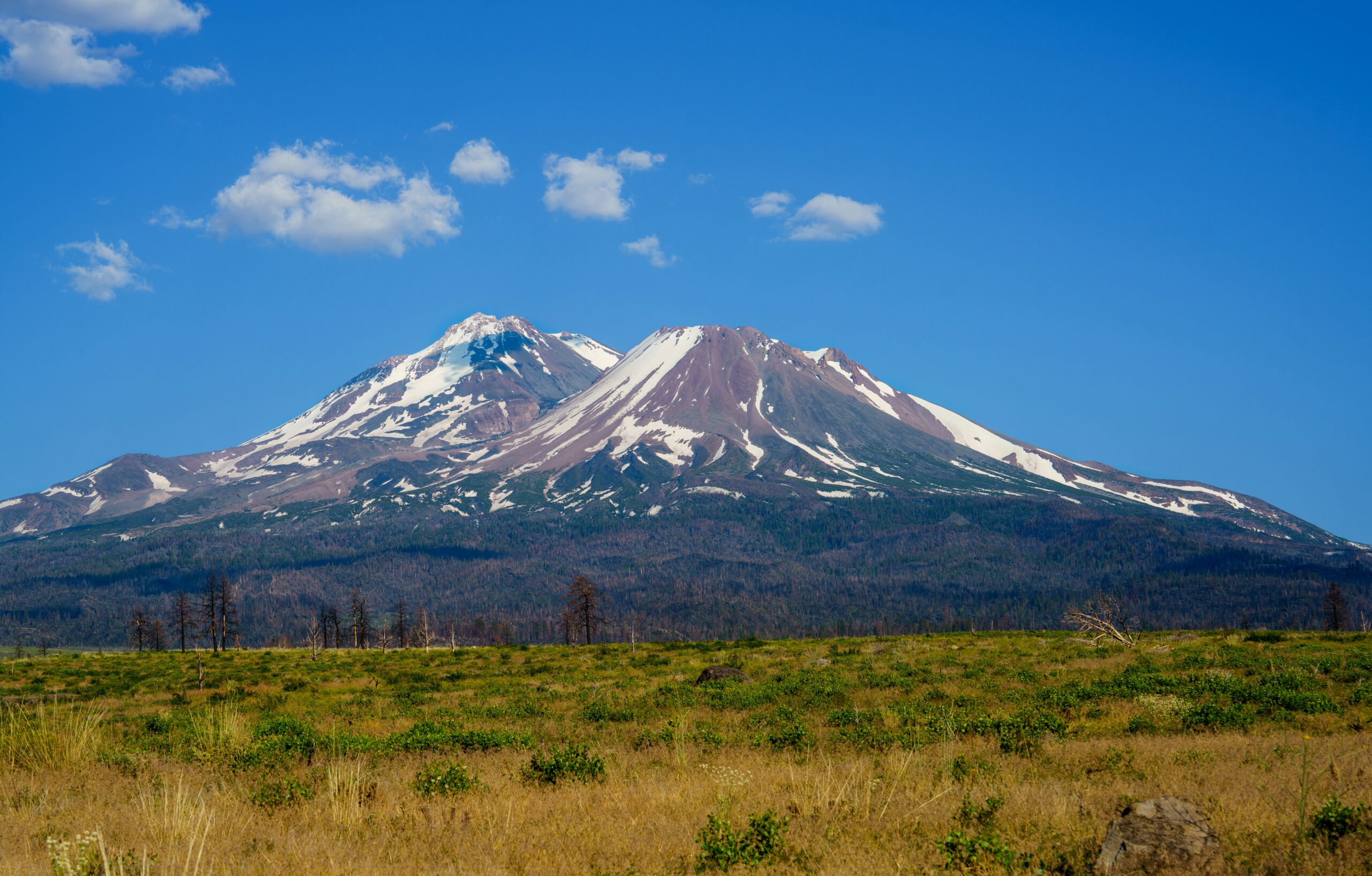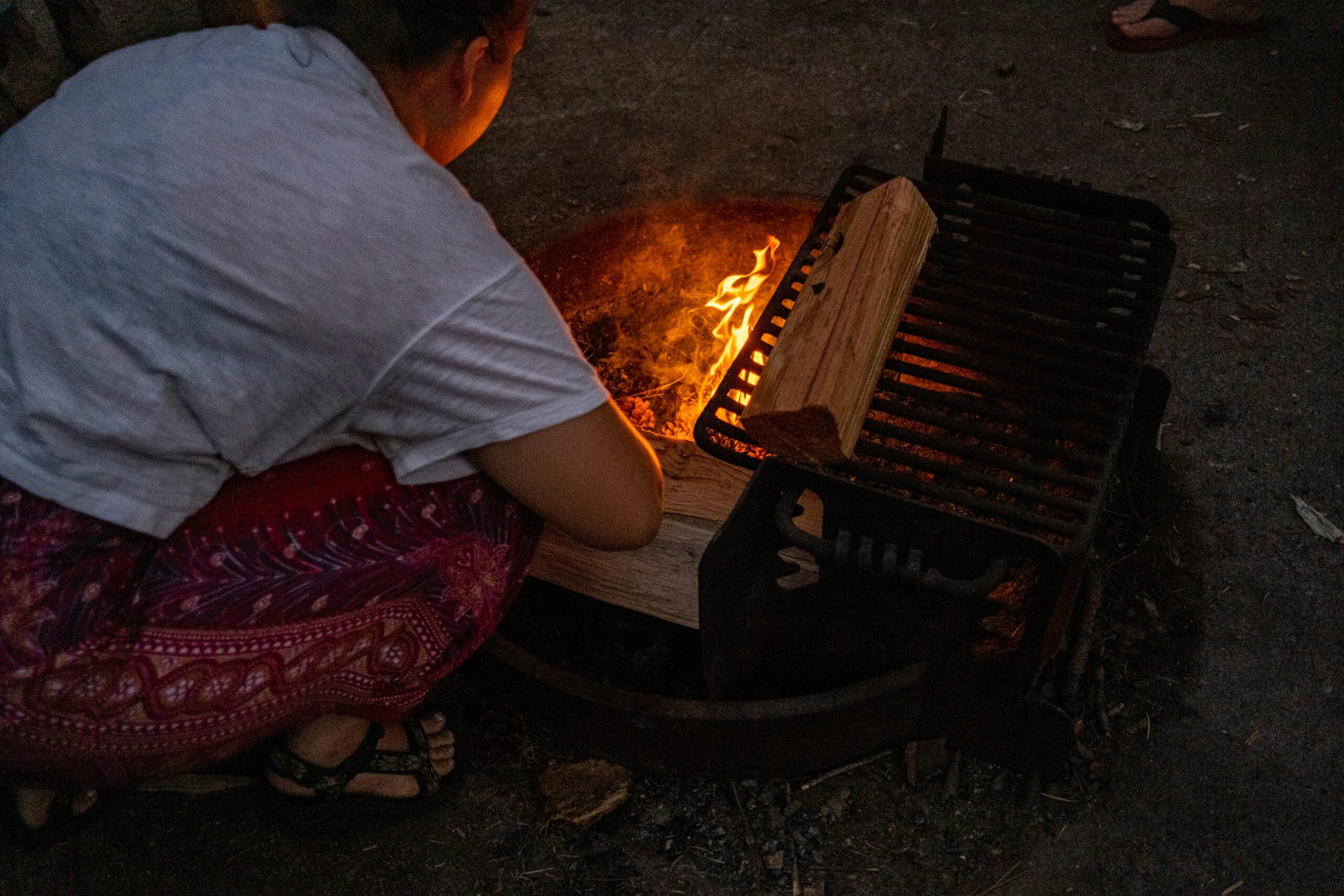Mount Shasta, a magnificent peak towering over northern California, has long beckoned adventure enthusiasts to conquer its challenging slopes. However, behind its breathtaking beauty lies a sobering reality – fatalities are not uncommon on this formidable mountain. In this article, we will explore the main cause of these tragic incidents, shedding light on the risks that climbers face and perhaps inspiring a greater respect for the unpredictable forces of nature. So, strap on your climbing gear and join us as we uncover the mysteries of Mount Shasta's deadly allure.
Understanding The Magnitude Of Mount Shasta
Exploring Mount Shasta's size and scale
Mount Shasta, located in Northern California, stands proudly as one of the highest peaks in the Cascade Range. Rising to a towering height of 14,179 feet, this majestic volcano is a sight to behold. Its prominence and sheer size make it a popular destination for outdoor enthusiasts and adventurers from around the world. To truly appreciate the magnitude of Mount Shasta, one must understand its enormity.
Highlighting its topographic features
Mount Shasta boasts an impressive topography, with its iconic conical shape dominating the surrounding landscape. Its base spans approximately 17 miles in diameter, offering a substantial foundation for its towering mass. The steep slopes of the mountain are covered with glaciers, which contribute to its scenic beauty but also present potential hazards for climbers. Being aware of these topographic features is crucial when planning a trip to Mount Shasta.
Overview of its dominant weather patterns
Weather plays a pivotal role in the safety and success of climbers on Mount Shasta. The mountain experiences a medley of weather patterns, ranging from serene and clear days to tempestuous storms. Its height and location expose it to various weather systems, making it susceptible to rapid changes in conditions. Understanding the dominant weather patterns, such as the presence of strong winds, heavy precipitation, and sudden temperature drops, is vital for anyone venturing onto the slopes of Mount Shasta.
Impact of Altitude Sickness
Impact of reduced oxygen at high altitudes
As you ascend the towering heights of Mount Shasta, the air becomes increasingly thin, resulting in reduced oxygen levels. This decrease in oxygen can lead to altitude sickness, also known as acute mountain sickness (AMS). The human body needs time to acclimatize to high altitudes to adjust to the reduced oxygen levels, and failing to do so can have dire consequences.
Symptoms and signs of acute mountain sickness
It is crucial to recognize the symptoms and signs of acute mountain sickness to ensure your safety during your ascent. Symptoms can vary widely but may include headaches, nausea, dizziness, fatigue, and shortness of breath. These warning signs should never be ignored, as they can progress into more severe conditions, such as high-altitude pulmonary edema (HAPE) or high-altitude cerebral edema (HACE).
Long-term health implications of altitude sickness
While altitude sickness is typically a temporary condition, prolonged exposure to high altitudes without proper acclimatization can have long-term health implications. Chronic exposure to reduced oxygen levels can lead to the development of conditions like pulmonary hypertension or the thickening of blood vessels in the lungs. These lasting effects emphasize the importance of taking altitude sickness seriously and taking appropriate measures to mitigate its risks.

Dangers Associated With Extreme Weather Conditions
Identifying common extreme weather occurrences on Mount Shasta
Mount Shasta is notorious for its extreme weather conditions, which can pose significant risks to climbers. Strong winds, heavy snowfall, blizzards, and sudden temperature drops are just a few of the potential hazards one might encounter during an ascent. Recognizing these common extreme weather occurrences is crucial for avoiding dangerous situations and ensuring a safe climb.
How severe weather contributes to fatalities
Severe weather is a leading cause of fatalities on Mount Shasta. The combination of high winds, freezing temperatures, and limited visibility can lead to disorientation, falls, or even frostbite. Climbers must be prepared to face these harsh conditions and have the necessary skills, equipment, and judgment to make the right decisions under pressure.
Strategies to anticipate and prepare for extreme weather
To mitigate the dangers associated with extreme weather conditions, climbers should adopt strategies to anticipate and prepare for them. These strategies include closely monitoring weather forecasts, packing appropriate gear for varying conditions, and being flexible with trip plans to allow for weather-related changes. By staying informed and prepared, climbers can reduce the risks associated with extreme weather events.
Inherent Risks of Technical Climbing
Explanation of technical climbing
Technical climbing refers to a specialized form of mountaineering that involves advanced skills, equipment, and techniques. It usually includes the use of ropes, harnesses, and other specialized gear to navigate complex terrain, such as steep ice or rock faces. While technical climbing can offer exhilaration and a sense of accomplishment, it also brings unique risks and challenges that must be carefully assessed.
Specific hazards associated with this type of climbing
Technical climbing presents several hazards that climbers must be aware of. These include the risk of falls, equipment malfunction, rockfall, and exposure to extreme weather. Climbers engaged in technical climbing must possess the necessary skills, experience, and equipment to mitigate these risks effectively.
Deaths attributed to technical climbing challenges
Tragically, technical climbing challenges have led to numerous fatalities on Mount Shasta. Accidents involving falls, rope failures, or inexperience with advanced climbing techniques have claimed the lives of climbers who underestimated the dangers. Understanding the risks associated with technical climbing and seeking appropriate training and guidance can help prevent these devastating accidents.

Consequences of Inadequate Preparation
The importance of proper training and fitness
Inadequate preparation is a significant factor contributing to accidents and fatalities on Mount Shasta. Proper training and physical fitness are essential for anyone considering an ascent. Climbers must acquire the necessary skills, including navigation, self-arrest, and crevasse rescue techniques. Additionally, maintaining a level of physical fitness ensures climbers have the strength and endurance needed for a challenging climb.
Role of gear and equipment in climber safety
Having the right gear and equipment can be a lifesaver in critical situations. Climbers should invest in quality equipment such as crampons, ice axes, helmets, and ropes. Understanding how to use and maintain this gear is equally important. Without the proper equipment or knowledge, climbers are at a higher risk of accidents and injuries.
Case studies of fatalities due to inadequate preparation
Regrettably, there have been cases where inadequate preparation has led to fatal outcomes on Mount Shasta. Inexperienced climbers venturing onto technical routes without proper training or climbers underestimating the challenges posed by extreme weather conditions have paid the ultimate price. Learning from these tragic incidents serves as a stark reminder of the importance of thorough and adequate preparation.
The Perils of Avalanches
Understanding the formation of avalanches
Avalanches are powerful and highly unpredictable natural phenomena that can occur on Mount Shasta. Understanding how they form is crucial for climbers' safety. Avalanches are typically triggered by a combination of factors, including slope angle, snowpack stability, and the presence of a weak layer within the snowpack. These factors can quickly turn a serene snow-covered slope into a deadly avalanche zone.
How avalanches pose a risk to climbers
Avalanches pose a severe risk to climbers on Mount Shasta. The immense mass of moving snow can bury and immobilize climbers, making escape nearly impossible. Surviving an avalanche requires both luck and quick thinking. Clusters of trees, known as tree wells, can also act as traps for climbers during avalanches. Understanding these risks and avoiding avalanche-prone areas is crucial for climbers' safety.
High-profile examples of avalanche-related deaths on Mount Shasta
Mount Shasta has sadly witnessed several avalanche-related fatalities throughout its history. Some of these incidents involved climbers who ventured into high-risk avalanche zones or failed to properly assess the snowpack stability. These tragic events underscore the importance of avalanche education, careful route selection, and continual monitoring of snow conditions.

Hiking and Climbing Paths: The Danger Zones
Highlighting the deadliest routes and paths on Mount Shasta
Certain routes and paths on Mount Shasta have gained notoriety for their inherent dangers. Avalanche Gulch, Casaval Ridge, and Whitney Glacier are examples of routes that have claimed lives due to the challenging terrain, steep slopes, or potential avalanche risks. Familiarizing yourself with these danger zones is essential in order to make informed decisions about route selection.
Common features of these dangerous areas
The dangerous areas on Mount Shasta often share common characteristics. Steep inclines, loose rock, exposure to falling debris or avalanches, and complex navigation are some of the factors that contribute to their high-risk nature. Additionally, these areas often require technical climbing skills, making them even more challenging for climbers without the necessary experience or training.
Advice for navigating these zones safely
Navigating the danger zones on Mount Shasta requires careful planning, knowledge of the route, and adherence to safety protocols. Climbers should consider seeking guidance from experienced mountaineers or local climbing organizations, as their expertise can offer invaluable insights. Additionally, maintaining constant awareness of changing conditions and being prepared to alter plans when necessary is essential for safe navigation through hazardous areas.
Impact of Underestimating The Mountain
Tales of climbers who underestimated Mount Shasta's challenges
Mount Shasta has proven time and again that underestimating its challenges can have dire consequences. Numerous accounts exist of climbers who embarked on their ascent ill-prepared, lacking the necessary skills, or underestimating the mountain's extreme weather conditions. These tales serve as cautionary reminders to approach Mount Shasta with respect, careful planning, and the utmost preparation.
Psychological impact of poor risk assessment
Underestimating Mount Shasta not only poses physical risks but also has psychological effects. Climbers who find themselves unprepared or in dangerous situations may experience feelings of panic, fear, and a sense of helplessness. These emotions can hinder decision-making abilities and increase the likelihood of accidents. Recognizing the psychological impact of poor risk assessment is crucial for maintaining a clear and focused mindset while on the mountain.
Preventive measures to avoid underestimation
To avoid underestimating the challenges that Mount Shasta presents, climbers should prioritize thorough research, comprehensive training, and consultation with experienced climbers. Engaging in physical conditioning and seeking guidance from local mountaineering clubs can also provide valuable insights into the mountain's unique demands. By taking these preventive measures, climbers can better equip themselves for a safe and successful ascent.
Risk Factors of Solo Climbing
The hazards associated with climbing alone
Climbing solo presents a unique set of hazards and risks on Mount Shasta. Without a partner to assist in case of emergencies, climbers face increased vulnerability to accidents, injuries, and adverse weather conditions. Additionally, the absence of a second set of eyes and the potential for subjective decision-making can heighten the risks associated with solo climbing.
Instances of solo climber fatalities
Tragically, there have been instances where solo climbers on Mount Shasta have lost their lives. Accidents, avalanches, or unexpected changes in weather conditions can quickly escalate into life-threatening situations for those climbing alone. These incidents underscore the importance of considering the risks carefully and making informed decisions when contemplating a solo climb.
Advice for those considering a solo climb
Should you find yourself considering a solo climb on Mount Shasta, it is essential to approach the endeavor with caution and careful consideration. Before attempting a solo ascent, thoroughly assess your experience, skills, and the conditions of the mountain. Communicate your plans with trusted individuals, bring proper emergency communication devices, and have a thorough understanding of self-rescue techniques. It is also crucial to continually evaluate risks and make conservative decisions to prioritize your safety when climbing solo.
Importance of Effective Communication and Coordination
Risks associated with poor group communication
Effective communication within a climbing group is vital for maintaining safety on Mount Shasta. Poor communication can lead to misunderstandings, incorrect navigation, or critical delays in dealing with emergencies. Clarity, honesty, and open communication are essential to ensure that every team member is on the same page and can work together cohesively in challenging situations.
Role of proper coordination in climbing groups
Proper coordination among members of a climbing group is crucial for the overall safety and success of the ascent. This includes coordinating movements, establishing climbing protocols, and distributing responsibilities effectively. A well-coordinated team can respond promptly to changing conditions, support each other during difficult sections, and make informed decisions to mitigate risks.
Common communication mistakes leading to accidents
Failures in communication can significantly contribute to accidents and unwanted outcomes on Mount Shasta. Misinterpretation of signals, inadequate use of radios or other communication devices, or a lack of clarity during planning can all result in critical errors. Learning from past incidents and emphasizing the importance of effective communication can help prevent accidents and enhance overall climbing safety.
In conclusion, climbing Mount Shasta is a grand adventure that requires a comprehensive understanding of the mountain's magnitude, potential risks, and the importance of adequate preparation. By recognizing the impact of altitude sickness, extreme weather conditions, technical climbing challenges, and the perils of avalanches, climbers can mitigate potential risks and prioritize their safety on this extraordinary peak. Understanding the dangers associated with inadequate preparation, underestimation, and solo climbing allows climbers to make informed decisions and approach their ascent responsibly. By embracing effective communication and coordination within climbing groups, climbers can enhance their safety and ensure a successful and memorable experience on Mount Shasta.
